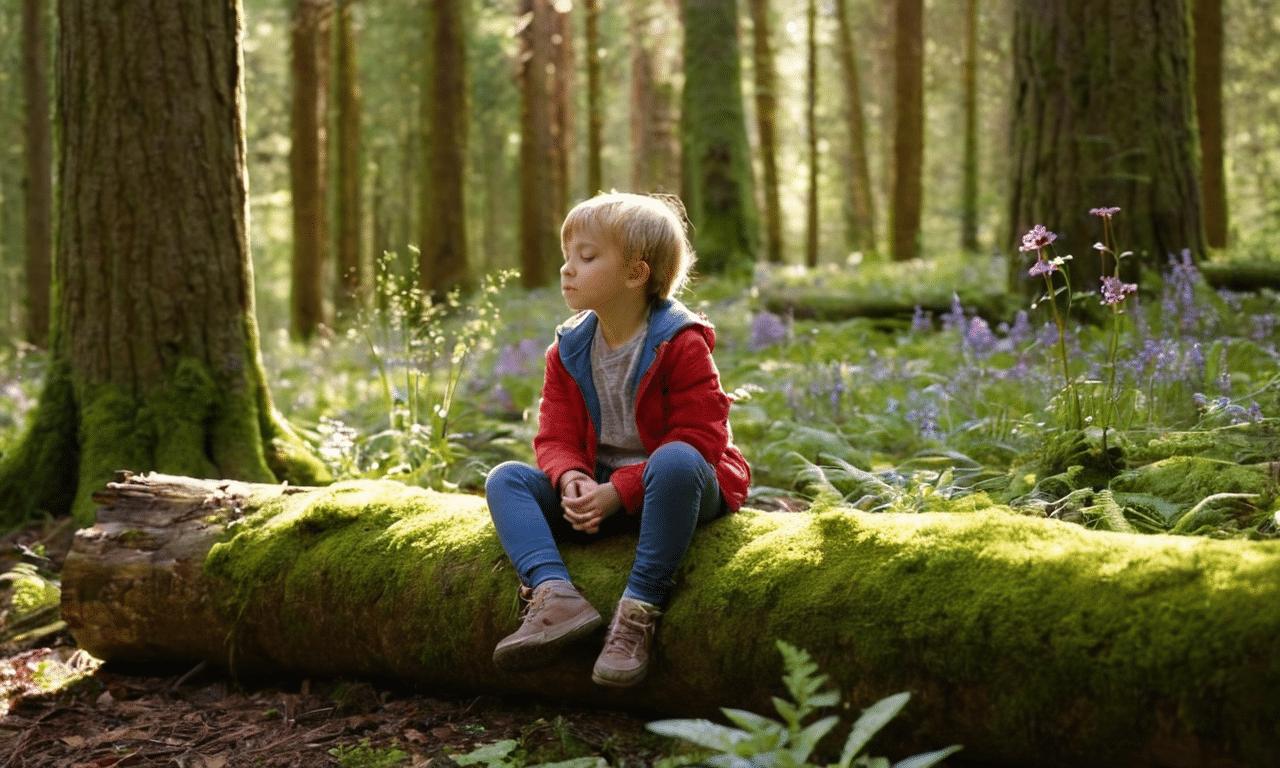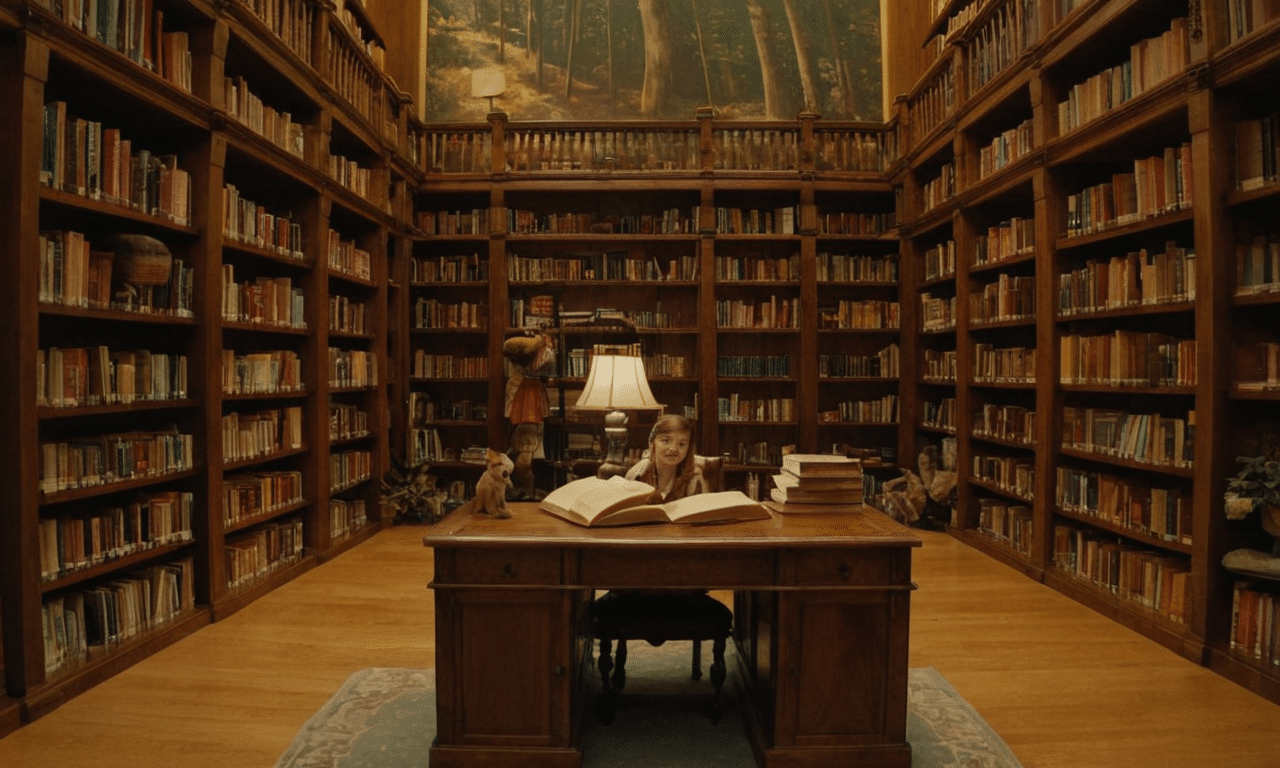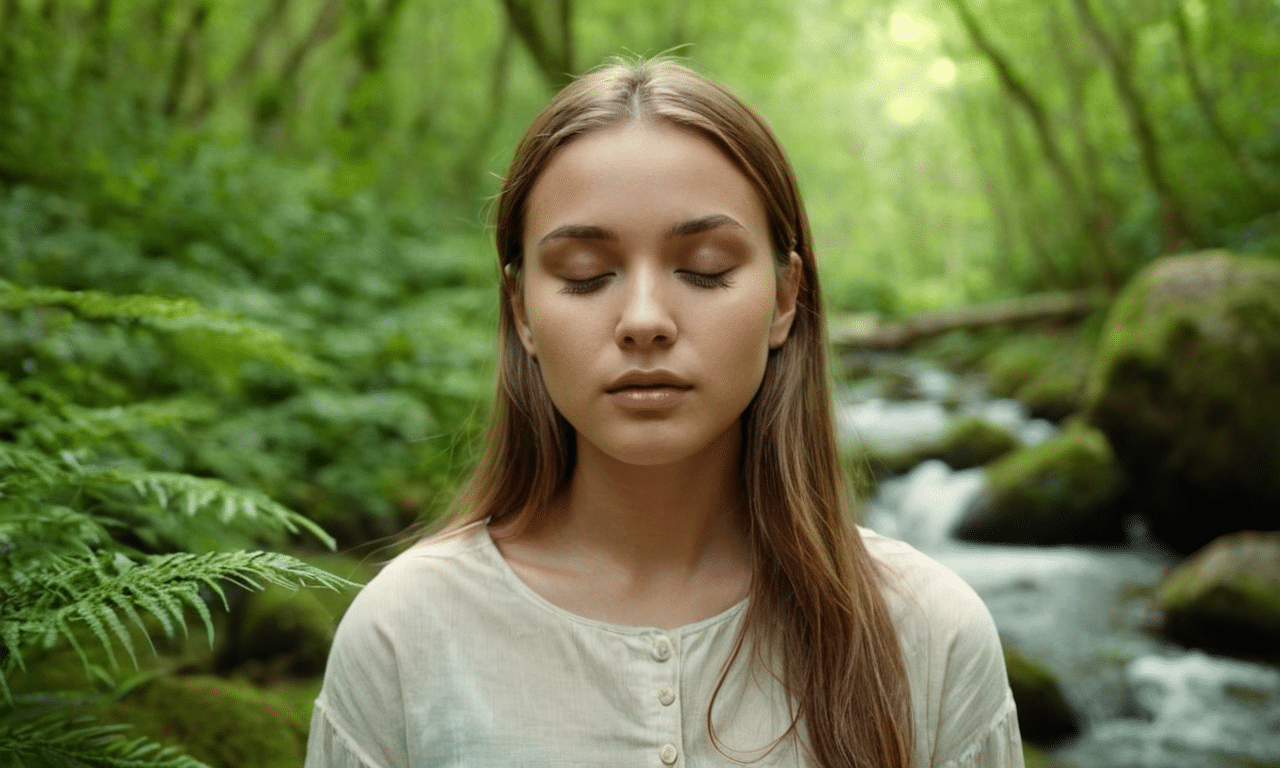Guided imagery is an innovative approach that taps into children’s innate creativity, empowering them to explore new worlds and possibilities. What if you could unlock a world of imagination and self-expression for your kids? Let’s dive in and discover how guided imagery can help little minds grow and flourish.
What are some effective ways to guide kids in using their imagination?
Incorporate guided imagery exercises into your child’s daily routine, such as during bedtime or while drawing. Use open-ended questions to encourage creativity and exploration of their imagination. For example, ask them to imagine they are an animal and describe what it would be like to have that animal’s senses. This can help develop their critical thinking skills and boost confidence in their creative abilities.
Top Ways to Use Guided Imagery for Kids
- Fosters Creativity: Encourages imagination and artistic expression.
- Calms Stress: Helps reduce anxiety and promotes relaxation.
- Improves Focus: Enhances concentration and attention span.
- Teaches Emotional Intelligence: Develops emotional awareness and empathy.
- Boosts Learning: Makes educational experiences more engaging and memorable.
- Simplifies Complex Concepts: Uses visual aids to explain complex ideas.

Benefits of Guided Imagery for Kids
Guided imagery can spark children’s imagination, helping them dream up entire worlds in their minds. This creativity boost is not just limited to artistic endeavors; it serves them in problem-solving and critical thinking too. Think of it as a workout for their brains.
Another fantastic benefit is that it tends to calm children. Kids today face a surprising amount of stress, and techniques like guided imagery for children can serve as a stress relief tool. Using their imagination to visualize peaceful scenes helps in reducing anxiety and promoting relaxation.
Moreover, guided imagery can improve focus and concentration. When children practice these techniques, they learn to pay attention to their thoughts and the guided images. It’s like giving their attention span a tune-up. Guided imagery teaches vital skills that students can apply in various situations.
Getting Started with Guided Imagery for Kids
Getting children started with guided imagery doesn’t require a magic wand. You just need a quiet, comfortable space and a child willing to play along. Begin with simple, calming scenes like a beach or a forest. The key is to start slow and ease them into more complex scenarios.
Use descriptive language to paint a vivid picture. Invite the child to close their eyes and guide them through the scenario. Encourage them to notice small details like the sound of waves or the rustling leaves. These details make the experience richer and more effective.
Don’t shy away from making it fun. Add elements like talking animals or magical objects to keep the child engaged. Remember, this is supposed to be enjoyable. So, sprinkle some creativity to keep them interested. You can also find more tips on relaxation techniques that complement guided imagery.
Using Guided Imagery for Educational Purposes
Guided imagery can serve as a unique tool in education. For example, teachers can use it to make history lessons more engaging. Instead of just reading about ancient Egypt, kids can visualize walking through a bustling marketplace, offering a sensory-rich learning experience.
Math and science lessons can also benefit. Imagine guiding students through space to teach about the solar system or walking them through a rainforest to explain ecosystems. These vivid images help kids retain information better. They engage multiple senses, making the lessons more memorable.
Even reading and writing can get a boost. Before starting a writing project, ask students to use guided imagery to visualize their story setting. It can help overcome writer’s block and get those creative juices flowing. Incorporating guided imagery techniques can really elevate the learning experience.
Fostering Emotional Intelligence through Guided Imagery
Guided imagery can play a significant role in fostering emotional intelligence in children. It helps them engage with their feelings in a safe, controlled environment. For example, guiding them to visualize a peaceful place when they’re upset can teach them ways to calm down on their own.
Moreover, guided imagery often includes naming and recognizing various emotions. By identifying these emotions, children become more aware of their feelings and how to manage them. It’s like giving them the emotional tools they’ll need throughout their life.
Additionally, it can help develop empathy. When guided to imagine another person’s perspective, children can better understand others’ emotions and situations. This builds deeper emotional connections and fosters better social interactions. You could say they’re getting an emotional intelligence workout!
| Benefit | Description | Importance |
|---|---|---|
| Better Problem-Solving | Guided imagery helps children develop critical thinking skills. | High |
| Stress Relief | Guided imagery can calm children and reduce anxiety. | Medium |
| Improved Focus | Guided imagery teaches children to pay attention to their thoughts. | High |
| Enhanced Creativity | Guided imagery sparks imagination and creativity in children. | Medium |
| Fostering Emotional Intelligence | Guided imagery helps children develop emotional awareness and empathy. | High |

Personal Thoughts
I’ve learned that guided imagery can be a powerful tool for kids to manage stress. As someone who’s struggled with chronic stress myself, I’ve seen firsthand how effective it can be in calming young minds and promoting relaxation.
In my own experience, using guided imagery helped me develop a greater sense of calm and control over my emotions. By sharing this approach with others, I hope to empower kids – and their parents – to take charge of their stress management and find peace amidst the chaos of everyday life.
Frequently Asked Questions
How do I get started with guided imagery for kids?
Guided imagery is a great way to encourage children’s creativity and imagination. To get started, choose a calm and comfortable space where your child can relax. Start by guiding them through deep breathing exercises, then use descriptive language to paint vivid mental pictures of peaceful environments or scenarios. For example, you could describe a sunny beach or a magical forest. Encourage your child to visualize themselves in these settings, using their senses to imagine the sights, sounds, and feelings.
What are some benefits of guided imagery for kids?
Guided imagery can have numerous benefits for children, including reduced anxiety and stress, improved mood, and enhanced creativity. It can also help children develop important skills such as self-awareness, emotional regulation, and problem-solving. Additionally, guided imagery can be a valuable tool for kids dealing with challenges like bullying or peer pressure, helping them to build confidence and resilience.
How do I use guided imagery for educational purposes?
Guided imagery can be a powerful tool in the classroom, helping children to engage more deeply with learning materials. For example, you could use guided imagery to help students imagine themselves as scientists exploring a new planet or as artists creating a masterpiece. This can enhance their understanding and retention of material, while also encouraging critical thinking and creativity.
Can I use guided imagery for kids with special needs?
Yes, guided imagery can be adapted to meet the unique needs of children with special needs. For example, you could use simple language and visual aids to help children with autism or other neurodevelopmental disorders to engage with the imagination exercise. Additionally, guided imagery can be a great way to provide sensory integration therapy for children with sensory processing difficulties. With some creativity and flexibility, guided imagery can be a valuable tool for supporting the emotional and cognitive development of all children, regardless of their abilities.




